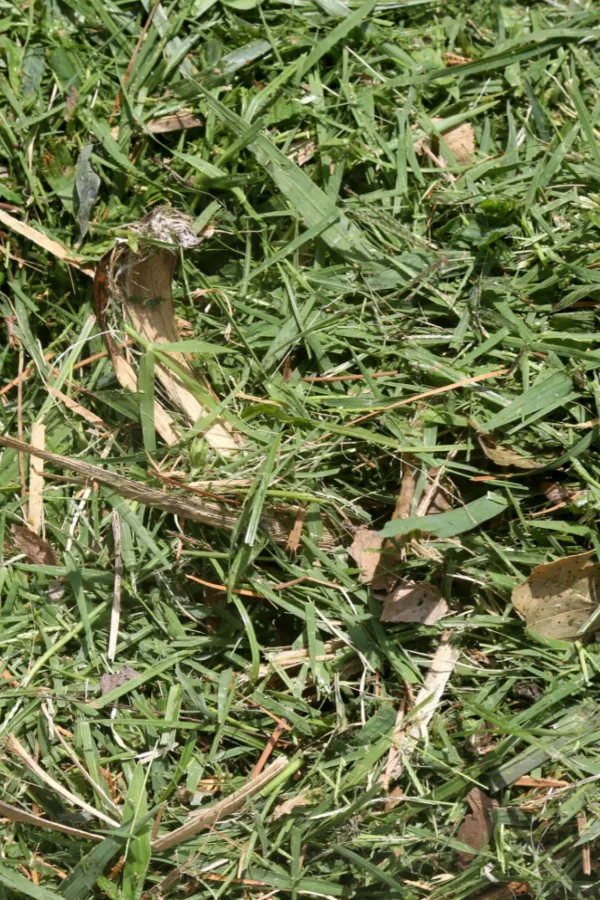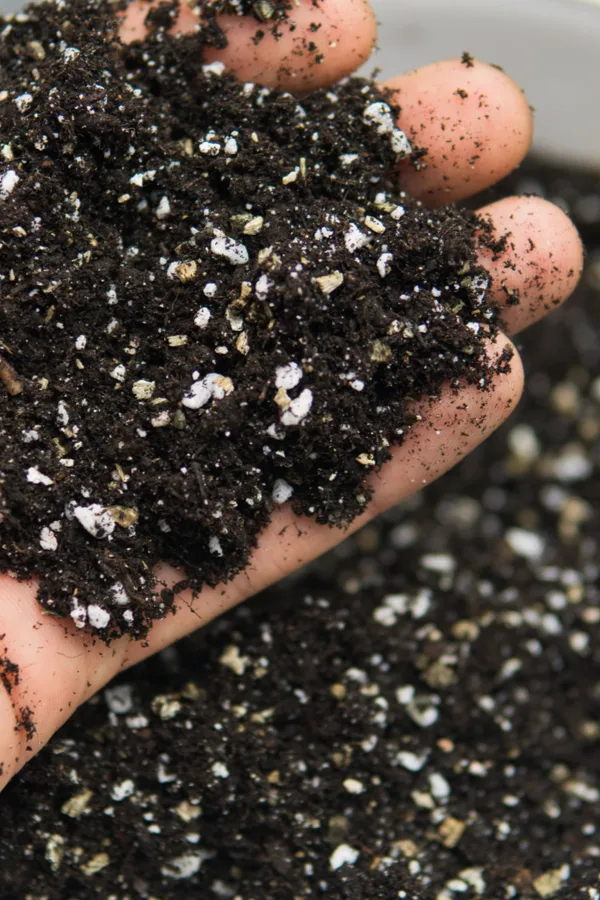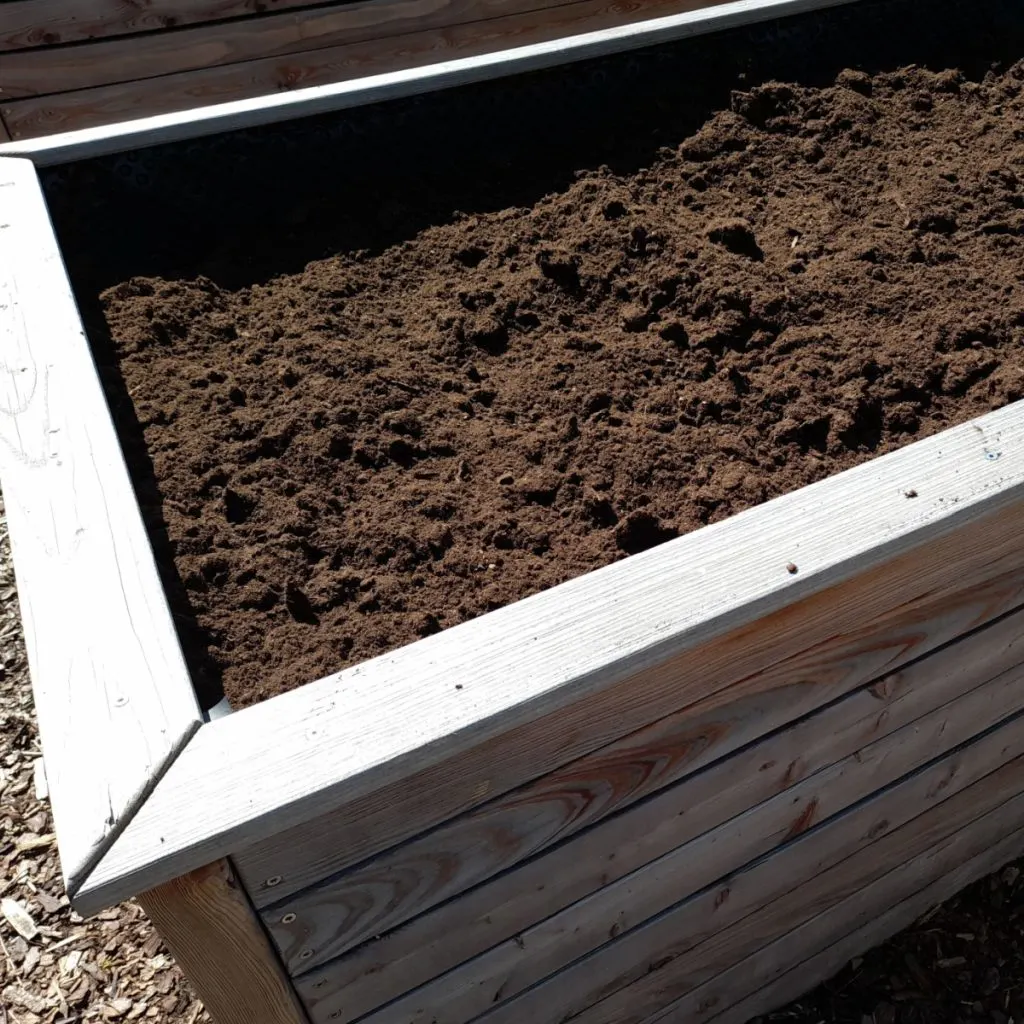Looking to fill your raised beds with the perfect mix of soil to grow amazing flowers, vegetables, herbs and more?
When it comes to growing easy, raised beds have it all. Not only are they great for small yards where a traditional garden might not fit, they can also be an excellent way for those with health or mobility issues to continue their love of all things growing.
Planting and caring for plants is certainly an easier task in raised beds. The elevated height makes working the soil far better on the back. Especially when having to perform common chores like mulching, watering, harvesting and weeding.

But if there is one drawback to raised bed growing, it’s that your garden can only be as good as the soil that lies within its walls. And if you don’t take care of that soil, it can make even the best efforts to grow quite frustrating.
Filling Your Raised Beds – How To Grow Like Never Before!
When it comes to maintaining a successful raised bed garden, there are three all-important soil factors that make a huge difference between success and failure. Those three factors are (1) soil depth, (2) soil drainage, and (3) soil fertility.
Here is a look at each, and how to get them just ‘right” to have the best performing raised beds around!
Soil Depth – How To Fill Raised Beds
For starters, raised beds have to be deep enough to hold enough soil for good root growth. To grow most flowers and vegetables, beds need to be a minimum of ten to twelve inches deep. In fact, for the best chance of success, sixteen or more inches is ideal.

Anything less than twelve inches simply doesn’t allow enough space for roots to develop to their full potential. Even worse, when the soil is only a few inches deep, its temperature fluctuates too quickly on excessively hot days or cold nights – and that can affect a plant’s growth habit quite negatively.
We built our raised beds in the trial garden at our farm to a full 18 inches in depth. It seems to be the ideal size for vegetables and flowers to develop a complete set of roots. That added height also makes the beds far easier to maintain without having to constantly bend over. See: How To Build Raised Bed Garden Boxes – Create Perfect Raised Beds With Ease!
Soil Drainage – How To Fill Raised Beds
Beyond having soil that is deep enough to support a full, healthy, root system, the soil in your raised beds must also be able to shed excess water with ease. This is especially critical when the beds are placed on concrete, brick or other non-porous surfaces.
There are several methods to create good drainage in your beds. One of the best and easiest ways is to fill the bottom few inches with gravel or stone. This allows excess moisture from the soil to drain through quickly.
You can also place slotted drain tile or pipes at the bottom of your beds. Moisture will then seep through and into the pipes to drain away. With either method, if your beds are on soil or gravel, the water will drain slowly through the bottom.

However, if you are on a hard surface such as concrete or brick, you will need to drill holes at the bottom edges to allow the water to drain out. If water can’t drain away, it will simply pool around roots and cause huge problems for your plants. Again, this is why deeper beds are better as they allow for this layer.
Soil Fertility – How To Fill Raised Beds
Finally, of course, there is using the right blend of fertile soil within your beds to promote strong plant growth. Of the three soil factors, this is certainly the most important. Without strong, healthy, nutrient filled soil – plants simply won’t grow well.
The following will walk you through how to fill your raised beds from scratch to build incredible soil. But even if your beds already happen to be filled, by simply replacing some or all of your soil with the ingredients below – you can have your beds ready for their best growing season ever!
Filling Raised Beds “Right” From The Start
When first filling a new raised bed, it’s always best to start by filling the bottom with a layer of organic matter. Shredded leaves, grass clippings or straw, or a combination of all three are perfect for filling the bottom layer.
To add an organic layer, place four to eight inches of material in the bottom of the bed. Don’t worry about the height, it will compact down once the soil is added.

For starters, this adds a little layer of organic matter that roots love. It allows them to expand with ease as they first grow. But it also helps add more drainage too. Best of all, it also saves on the overall cost of soil to fill it up!
The Right Soil Mix For Raised Beds
Once your layer of organic material is in place, it’s time to create amazing soil. One of the biggest mistakes gardeners make is to use only generic topsoil or garden soil. Although these soils have their place elsewhere, they are too dense and thick by themselves to work well in a raised bed.
The perfect soil for a raised bed needs to be loose, well-draining, and full of nutrients. And the best way to create that incredible soil is by mixing together pulverized topsoil and compost in equal parts, and then adding in a bit of perlite and potting soil to help keep the soil even lighter and more workable.
Depending on the size and quantity you need, pulverized topsoil can be purchased in bulk or bags. Pulverized simply means that it has been ground down to be free of clumps and chunks of soil.

On the compost side, if you don’t happen to make your own compost, you can purchase it in bags or bulk as well. But whatever you do, add the compost! It really does make all the difference in the power of your soil. Product Affiliate Link: Bagged Compost 10 lbs.
Mixing The Ingredients – The Secret To Filling Your Raised Beds
After layering in a layer of organic matter, start filling in your raised beds with an equal mix of compost and pulverized soil. The compost/soil mix is an incredible combination for sure. But by adding in a bit of perlite and potting soil to the mix, it really helps create a rich blend of nutrients that stay loose and workable.
Potting soil is a loose rich blend of nutrient-filled soil that helps to enrich the soil and compost even more. Perlite on the other hand helps to loosen the mix and aids greatly in drainage. Product Affiliate Link: Bliss Organic Perlite Soil Amendment
As for the ratio that works best – here is a great formula to follow when filling raised beds: For every 5 parts each of compost and soil you add, blend in (1) part potting soil and (1/2) part perlite. As an example, if you are filling your raised beds with 5 gallon buckets, use (5) compost buckets, (5) pulverized topsoil buckets, (1) bucket of potting soil and (1/2) bucket of perlite.
Soil Longevity – The Secret To Filling Raised Beds
Finally, remember that although you have certainly created great beds for growing, they will need to be rejuvenated each season to keep their strength and power.
In general, replacing 20% of your soil each year will do the trick. To do that, just add in a mix of new compost/soil/perlite/potting soil. And don’t throw away the old soil. Instead, put it in your compost pile to recharge and use again!
In addition to re-energizing your beds each year with nutrients, rotating crops between raised beds can also help keep them productive and disease free. If you have more than one raised bed, alternate what you grow in each bed with each passing season.
Old World Garden Farms
Here is to filling your raised beds with amazing soil – and to having the happiest, healthiest plants around! Happy Gardening – Jim and Mary.

